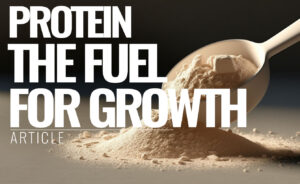
Revive Stronger
The Mini Cut Manual
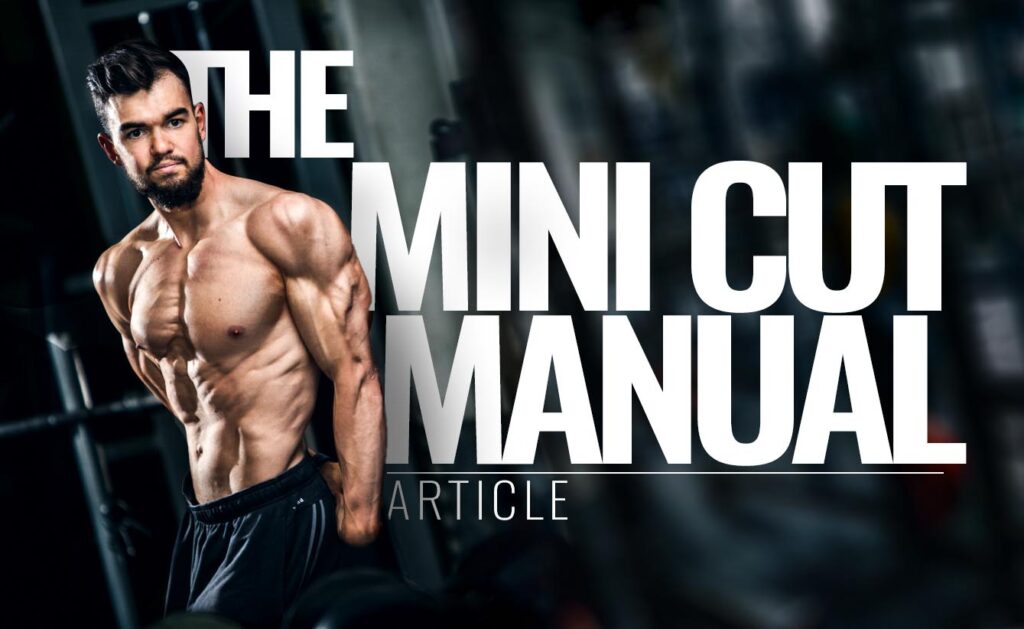
What’s a mini cut?
How long should a mini cut be?
How should I train in a mini cut?
What should my macros be during a mini cut?
The above are just some of the questions I will be addressing, in what will be the most comprehensive “manual” to mini cutting you will ever find on the internet. Big words right? Yes, yes, they are, but they have strong backing coming from me:
- I’ve successfully run multiple mini cuts myself
- Run dozens with one on one clients
- Helped 1000s across the internet via podcast appearances on the topic
- Worked with hundreds in the ‘Mini Cut Movement‘ coaching programme
- I also had the honour of writing the forward for Renaissance Periodisation’s Mini Cut Manual

So I know a thing or two when it comes to mini cuts, and today I am going to provide you all the tools you need to run your own. It’s going to be so good I’m recommending you bookmark this for future use (hence the ballsy title). So let’s get on with this already
Table of Contents
What is a mini cut?
It’s in the name, right? It’s a shorter cut.
How short? In my eyes, it is the length of one mesocycle (3 to 6 weeks generally) anything more than that is just a bog standard cut and anything less is basically just a random period of undereating. With this length of time in mind it’s long enough to see pretty dramatic results, but not so long it’s feeling more like a Range Rover than a Mini.
Due to the length, it allows for another important feature of a mini cut; it’s more aggressive. Kinda like a Chiwawa vs. a great Dane, it’s got a lot more barking going on.
How aggressive?
It will be as aggressive as possible whilst maintaining muscle mass, this will differ between individuals and I will talk more to that later in the article.
So you have the two key aspects right there:
- It’s short – 1 mesocycle in length (3 to 6 weeks)
- It’s aggressive – as aggressive as a person can be whilst sustaining muscle
Which makes it very handy in a variety of cases.
Why do a mini cut?
Mini cuts main purpose are to extend your massing phases:
- If you’re a competitor you don’t want to get too far away from stage condition.
- As we mass our appetite worsens, making it harder to mass.
- Getting a bit leaner can increase your insulin sensitivity, making mass gaining more effective.
Furthermore, mini cuts are cool because they’re very efficient, in that due to their short length they can be very aggressive. Generally, the size of your deficit will be inverse to the length of your diet. So with a mini cut we can chop off a lot of fat in a short period of time. Also because the diet is short-lived it also helps prevent a loss of any momentum that you have from massing plus we see less metabolic adaptation.
How large should your deficit be on a mini cut?
It’s going to be as big as it can be, without risking muscle loss.
That’s the quick answer that doesn’t probably tell you much, but don’t worry I am going to get into the nitty-gritty details too. Now not everyone can get away with the same size of deficit, I have talked about this before in this article, you need to individualise the deficit. Leaner individuals cannot lose as fast as fatter ones, this is because they are at greater risk of muscle loss.
Think about it this way, someone who has a lot of money isn’t too worried about paying for things, but someone who has a tight budget is going to be saving where they can, and needs to be way more careful with their spending. Just like a body with more fat won’t stress about losing some, whereas a leaner body will look to save it where it can.
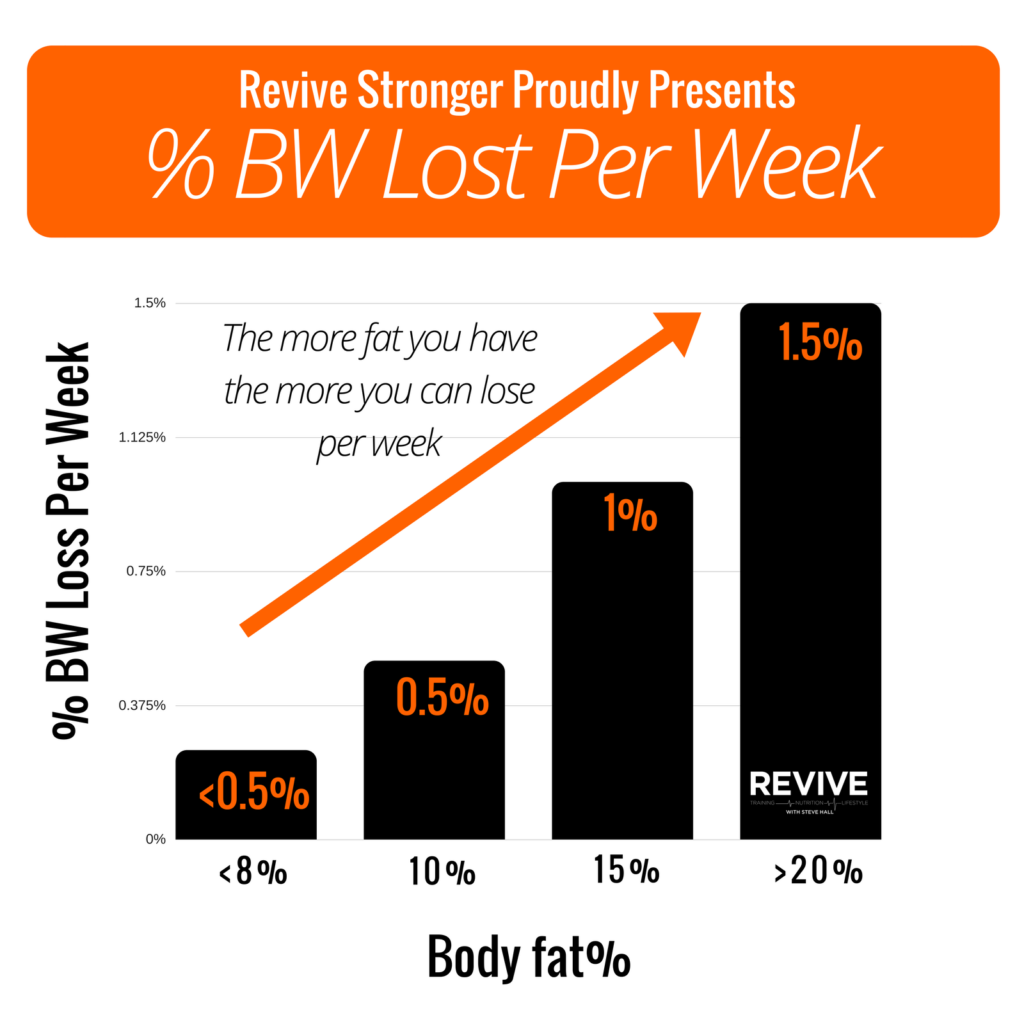
The above is a good rough guide you can follow, and to find out how to set that deficit up go ahead and read this article.
Finally, I would generally recommend not losing much more than 5% of your total body weight.
What should your mini cut nutrition look like?
Now we have our calorie intake, what do we eat to get it?
I am going to talk about macros here, and assume you know about macro-guided flexible dieting. Your macros actually aren’t going to look all too different to usual, but you’re going to need to prioritise some things, to keep your health and performing at your best. This is because we know protein and fat are essential for our body, so we set those first, the rest then comes from carbs.
1. Setting protein
There has been a lot of chat about protein, some saying we need to set it high, others claiming it’s not all that important. Now when we boil it down there is a very simple rule that I like to follow, which works for 90% of people; the 1g of protein per pound rule. Yup, it’s that simple and will cover most bases.
Now what makes up that 10%, generally this is those who are over-fat and therefore would be better off scaling this down (for example a male who is 250lbs and 30% body fat wouldn’t need 250g of protein and would be better eating closer to 200g), another scenario this may not work so well is when people get super hungry, because protein is the most satiating macro these people may want to increase their protein nearer to the 1.4g per pound mark.
2. Setting Fat
Next up is fat, now because we’re going aggressive and we’re assuming you lift, we will assume that we probably want to bias our carb intake and keep fats as low as they can go. This will ensure we’re ticking the ‘we are healthy’ box and prioritising performance by biasing carbs.
So how low can we go? I like most to set this as 0.3g per pound, again this works in 90% of cases. Those who are over-fat can lower this and there may be some who want to drop their fat even lower, which for a short period of time (which the mini cut is) would be OK. Those who do drop it below this would need to ensure they’re getting in their essential fatty acids (probably supplementing).
3. Setting Carbs
This is the easy one because this is simply all the calories that we have left at our disposal.
Now that’s the main job done nutrition-wise, but I also think it is important to cover some smaller details. This is because the small stuff becomes increasingly more important when we’re dieting and then even more so when we’re doing it aggressively.
Want to learn about what each macro does for your body? Read this.
4. Food Composition
If you follow a macro-guided flexible diet you realise you need to get at least 80% of your food from what we could consider ‘clean’ or ‘wholesome’ foods. I’m not going to get into a debate about this, we know what junk is, we know what eating healthy is, for the most part. Fruit and vegetables are a big part of this 80% and I recommend at least a combined 2 portions per 1000 calories consumed.
This along with the rest of you’re at least 80% will provide you with sufficient fibre, but to take out the guesswork you want to be getting a minimum of 20g per day. This will keep you functioning well, healthy and feeling more full.
Really and truly realise you can’t eat like a dick and expect to succeed on a mini cut, be an adult about it.
If you want alcohol on your mini cut, read this.
- If you want to learn more about what foods I recommend to eat to keep you full read this.
- If you want to learn how to set up your food environment for success read this.
- I personally also think having structure is very important, read how to create a flexible meal plan here.
5. Nutrient Timing
When driving at the top speed a car can go we have to stay on our A-game to ensure we stay under control and don’t risk crashing. The same goes for a diet that is driving at top fat loss speed, whilst sustaining muscle mass, the smaller stuff matters more.
So nutrient timing plays a bigger part in our diet, it won’t make or break your results, but it might allow you to prevent more muscle loss. I recommend:
- Splitting your protein into 3 to 5 servings a day, with 3 to 5 hours between meals
- Sandwiching your workouts with carbs, placing roughly 50% of your intake here
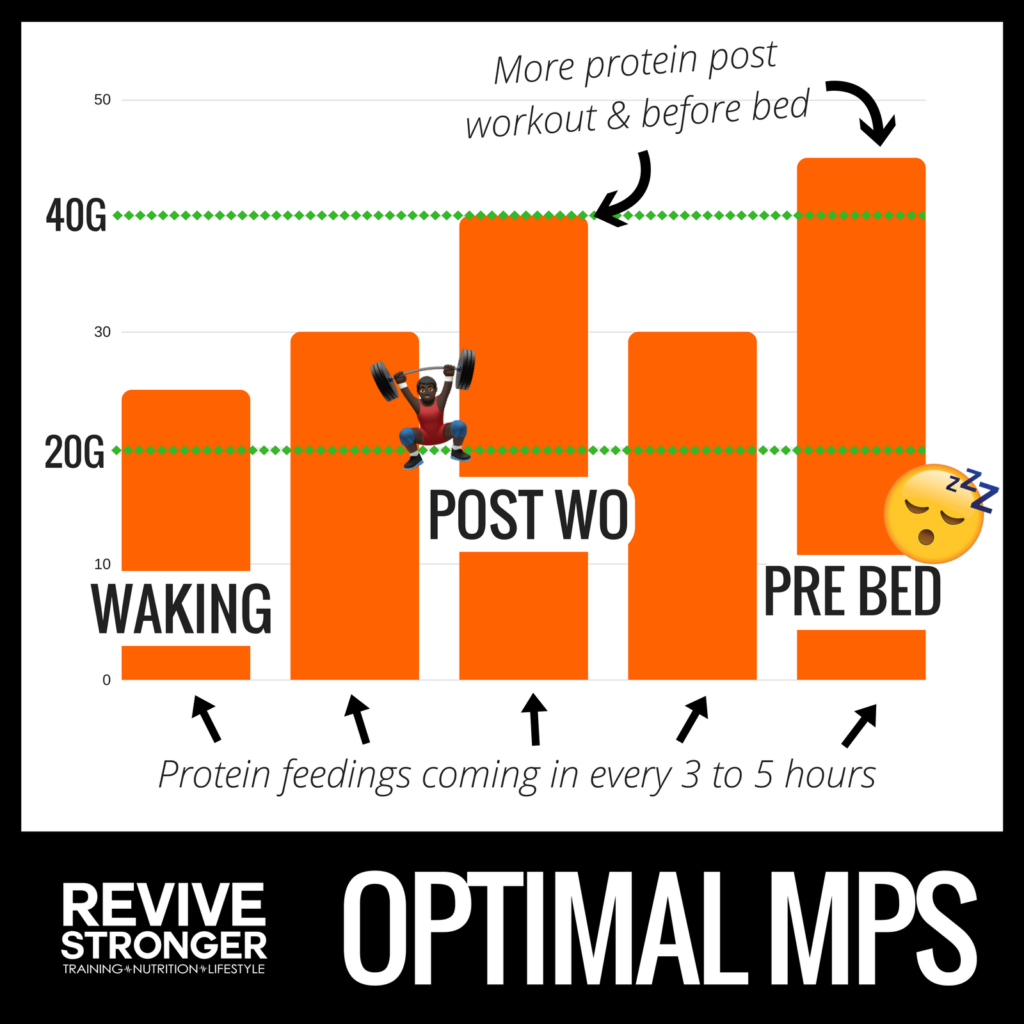
This will ensure you’re maximising muscle protein synthesis (MPS) and you’re fuelling and recovering from your workouts as best as possible. The above graph shows you how to optimise your MPS, you’ll want to front and back-end your intake (on waking and pre-bed) and then also bias your post-workout feeding and pre-bed feeding with more protein. I would note that protein quality does matter if you’re not a vegan you’ll probably be fine just splitting your intake across these meals, but it’s important to make sure each meal contains a quality protein source e.g. lean meat, dairy etc.
These are minor details, that don’t matter much, but I care about this stuff and figure you might too.
How should you train during a mini cut?
I was about to write “when most think about training for fat loss they think cardio and high reps/circuit training” which is probably right, but for our audience, probably not.
You hopefully realise you need to train for muscle.
By that I mean you need to give your muscles a reason to stick around, and the way we get the muscle is also the best way to help keep the muscle. How do we train to build muscle?
Thanks to Mr Schoenfeld we know there are three main pathways for hypertrophy (muscle growth) these include; mechanical tension (lifting heavy), metabolic stress (the pump) and muscle damage (often felt as soreness). We also know that there is a dose-response relationship with volume, in that more volume (assuming we can recover from it) produces more muscle growth.
From that we can develop some key principles:
- Absolute intensity: Focus on the 6 to 20 rep range with everything above 40% of your 1RM, with some training falling a little above this range.
- Relative intensity: you need to train hard enough to be considered overloading for hypertrophy, this is a range from 4-0RIR, averaging 2RIR may be wise.
- Volume: Perform volumes that are at your minimum effective dose, which for most is 6-12 sets per muscle group a week.
- Frequency: Train muscle groups at least twice per week, smaller muscle groups and newer trainees can probably be trained upwards of 3 to 4 times.
- Progression: progressive overload is key for muscle growth, but during your mini-cut it might be harder than usual to progress due to the large deficit, so bear that in mind, the goal is muscle maintenance.
- Fatigue management: using light days, rest days and deloads are a very good idea. They allow a person to adapt, recover and therefore keep progressing.
- Realistic: above all else, the programme must be something the person can stick to. This means it must suit their lifestyle and be something they enjoy.
Something I think is also very important and really helpful for all trainees is using a form of autoregulation. This might be the use of the RPE (rate of perceived exertion) scale or using RIR (reps in reserve). This has been written about extensively before, I recommend you read this. I’d like to note autoregulation doesn’t just happen on a per-set basis, but also on a weekly basis. In that you can modulate your training volume each week depending on your fatigue and recovery, keeping you working with the correct dose of volume, again this has been written about nicely here.
But in general, you want to work within an RPE 6 to 9 for the most part, and at times it might be appropriate to go above (week before deload) and below this (deload).
How might this look?
- Split: Basic Upper/Lower x 2 a week
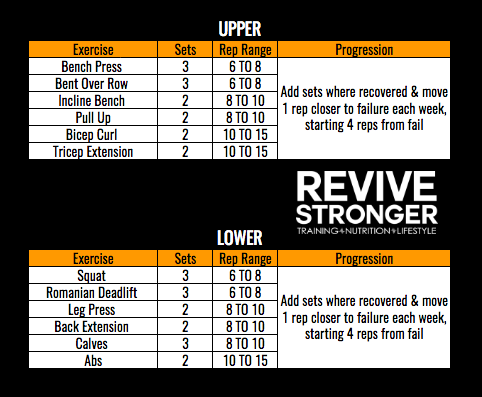
Now this is a very basic set up and for your other upper/lower workouts you’d probably want to undulate either exercise order (e.g. start with pulling rather than pushing) or repetition range (e.g. do 10% less load).
You can read more about weight training for fat loss here.
Resensitization to volume
If you’ve read our articles all about MRV then you will understand to a certain degree the volume landmarks for muscle growth.
To quickly recap:
- MV – maintenance volume (amount of work needed to maintain muscle)
- MEV – minimum effective volume (amount of work needed to grow)
- MAV – max adaptive volume (amount of work needed to grow maximally)
- MRV – max recoverable volume (amount of work we can do & recover from)
When we train for muscle growth we want to be training at MEV+ as suggested above key principles. However, training at such volumes for extended periods of time can lead to adaptive resistance and a stalling in progress. We get to a point where we benefit from lowering our training volume to keep muscle growth ticking over nicely. This is what we have called a Primer phase, where you train at MV.
Mini cuts because of their short length open up an opportunity to train with lower volumes, to somewhat resensitize our muscle to higher ones again. We do this by training at our MV for the mini cut, that’s different to our MV when in a Primer Phase as we’re in a large deficit, so the actual volume is nearer our MEV.
So in a mini cut, we can train at around our usual MEV for the entire time, maintain muscle and thus help to somewhat delay adaptive resistance and promote a resensitization to training volume.
What about cardio?
Fuck cardio.
No really.
The way I like to look at cardio is just to ‘buy’ more food, in that I don’t think it’s required for fat loss but rather can help someone eat more. So if you’re comfortable with your planned intake then I don’t think you need to add cardio. Read 5 reasons cardio is overrated for fat loss here.
However, for those on lower intakes e.g. small sedentary folks, you might want to introduce some cardio. I have 2 rules for adding in cardio:
- It must be kept to less time than your weight lifting
- It’s best kept to low intensities
This is because we’re a bodybuilder, or someone interested in having high levels of musculature, we’re not a marathon runner. So we must be providing our body with that signal, by keeping in more weight training than cardio.
Why low intensity (which is around 70% of your Max Heart Rate btw)? Mostly because the downsides of high intensities are too great to make it a wise choice. Whereas low intensities can be easily incorporated without taking much if any away from our weight training.
Making adjustments on a mini cut
None are needed.
Seriously.
No seriously, I am not kidding, if you have set up your Calorie deficit appropriately from the get-go you shouldn’t need to do anything over the 3 to 6 weeks. We’re not expecting any major adaptations of your metabolic rate downwards and the initial deficit is aggressive, so it should see you over the whole time.
The only time this doesn’t happen is if something within the equation changes or doesn’t quite work out. For example, if you don’t really know what your maintenance intake is because you don’t have past data of your intake and scale weight, you might get the numbers a little off. Or if over those weeks the weather suddenly turns really bad, so you get a lot more sedentary, thus burning fewer calories. You kinda see what I am getting at, if you are confident in your initial nutritional adjustments and your lifestyle hasn’t changed, trust the process.
OK.
So what do you do if those do apply? It’s quite simple really, first, we need to ignore the first week of the diet*, because of glycogen, water and other related changes in your diet this makes this week kinda ‘weird’. It’s like the first week back to school after a long break, you’re not in a routine, the subjects are a little rough in your mind, but after that week things become more predictable.
*Update – I would extend this to 2 WEEKS!
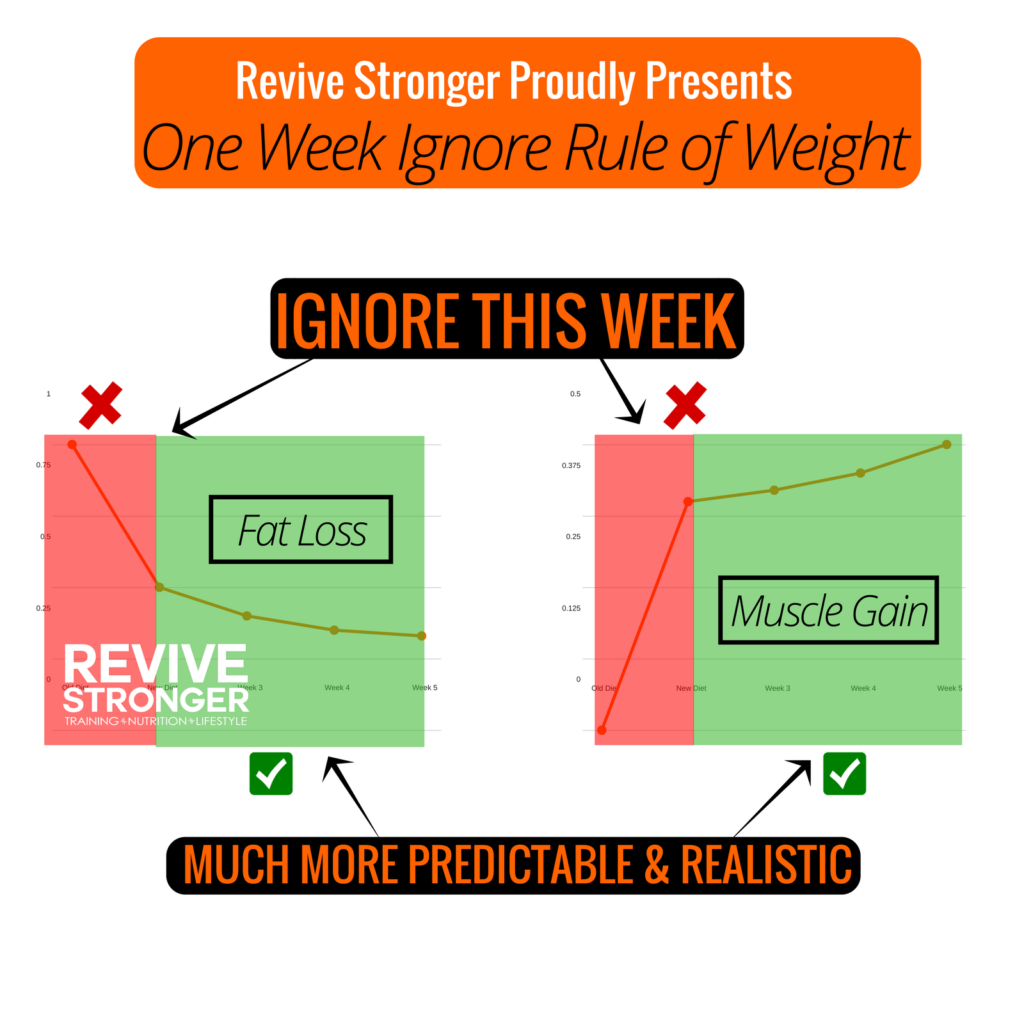
Here is your formula:
- (Ideal number of lbs lost per week – actual lbs lost per week) X 500 = the number of calories to remove from your diet
So if you were aiming for 2lbs to be lost, and on week 2 you only lose 0.5lbs, then you know you can probably do better with a greater deficit. So thats (2 – 0.5) = 1.5 X 500 = 750 calories, and if you were eating 2500 calories a day on average, if you want to lose close to the 2lb mark you’ll drop down to 1750 (owch!).
Of course, if you have good reason to think your deficit was right in the first place then trust it, don’t make needless changes like the above. Scale weight is only one tool to measure your progress by, and it’s not always our best tool due to all the factors that can impact it, learn more about using the scale for body composition management here.
Placing your mini cut in your macrocycle
An important and often overlooked part of mini cutting; where to place them.
Because believe it or not there is a right way and a wrong way.
I strongly believe your training and nutrition should be periodised alongside one another. In that, some phases of training typically lend themselves to certain phases in your nutrition, for example, you wanna build muscle you’ll want a surplus and hypertrophy training. However, another element of periodisation is Phase Potentiation.
As we have already said; a mini cut extends massing phases, let look at an example:
- Mass mesocycle – 5 weeks – 180lbs
- Mass mesocycle – 5 weeks – 184lbs
- Mass mesocycle – 5 weeks – 187lbs
- Mini Cut – 4 weeks – 182lbs
- Mass mesocycle – 5 weeks – 185lbs
- Mass mesocycle – 5 weeks – 188lbs
- Mass mesocycle – 5 weeks – 191lbs
- Mini Cut – 5 weeks – 184lbs
- Mass mesocycle – 5 weeks – 187lbs
- Mass mesocycle – 5 weeks – 190lbs
- Mass mesocycle – 5 weeks – 193lbs
- Primer Phase
- Traditional Cut
The above shows someone who has utilised 2 mini cuts, as you can see overtime the person is going up in total bodyweight. That’s an important message, as mini cuts aren’t used to fully clean up all the fat you may gain, just some. In that way, they extend your gaining phase, for example, if the person above skipped the first mini cut they may have needed an extended cut after 4-5 mesocycles without one. This way they dropped one in to then do another 3 mesocycles of massing back up to a new high weight.
Each mini cut is buying you less time or needs to be extended because of this.
This has an implication; you cannot mini cut forever. Also, mini cutting is not of a low training volume, and as you may know already doing periods of lower training volume to prime you for future muscle growth is a very good idea (aka Primer Phase). This has some inherent implications for phase potentiation in a hypertrophy macrocycle, of which the details are out of the scope of this article, to learn more check out Renaissance Periodisations Mini Cut Manual.
So you place mini cuts after several strung together massing mesocycles but know that they cannot be used indefinitely due to them buying to less time each occasion you use them.
Who should NOT do a mini cut?
This is super important, not everyone should do a mini cut.
In fact, not only should they not do it, it simply wouldn’t work.
There is 1 main reason for this and 2 main populations this covers, the main reason is much like why you wouldn’t attempt to drive a car around a race track when it’s got insufficient fuel and is beat up. Before you think about doing that you need to get it serviced right, take a pit stop. What I am getting at is pre-existing fatigue and or limited resources for the mini cut.
The two populations that spring to mind here are:
- Those with diet fatigue or a history of binging
- Those with highly stressful lifestyles or are in their competitive seasons
To cover the first population, every time we diet we accumulate diet fatigue which includes; increased hunger, lowered energy levels, lowered testosterone, decreased metabolic burn etc. etc. This stuff all sucks and hangs around for a while, the longer you have been dieting, the longer it will hang around.
So to come back to our analogy above, if we enter a mini cut (race) with a lot of accumulated fatigue (insufficient fuel) then we’re not going to get very far at all. A requirement for a mini cut is to be in a fresh, fully fuelled condition. Another requirement is that you’re in a stable position in your life.
Furthermore, having a history of binging is like a car that has a history of overheating when it comes to a certain speed. The harder you push, the more likely this problem is to arise, so if you want to drive aggressively (which a mini cut is) you’re likely going to fall into trouble. A much safer thing to do is to drive more slowly in such cases, to avoid any potential crashes.
Mini cuts are stressful.
On your mind and body, so if you have a lot of stress from the outside already, you won’t find much luck in your mini cut. We all have a limited pool of resources, and all stress pulls from this in the same way. If you’re trying to compete at your highest level on a football field, do you think aggressively dieting is a good idea? No. Much in the same way, if you’re moving house, starting a new job or have a big project due at work, do you think you’ll be able to stick to a regimented diet and training routine? No, probably not.
So to start a mini cut you need to be in a fully fuelled, non-dieted and low-stress state.
That way, you can successfully run the race.
Mini Cut Summary
- Short aggressive fat loss phases
- Maximal fat loss, minimal muscle loss
- Potentiate for massing
- Train for muscle growth
- You MUST be in a healthy place to do one
Does this all sound really good to you?
I know it all can be a little much and perhaps even overwhelming. If you’ve never done a mini cut before or you want to just execute without thinking about it too much, then our Mini Cut Movement is for you!
The Mini Cut Movement is an 8-week training and nutrition programme that takes you successfully through an entire Mini Cut. If you want to learn more about it, click the picture below!

Furthermore, while our way of doing Mini cuts differ slightly from RP’s recommendations, they actually made an Ebook before we had the chance of doing one. If you’re looking for more information about mini cuts, you might want to check it out:
RP Mini Cut Manual
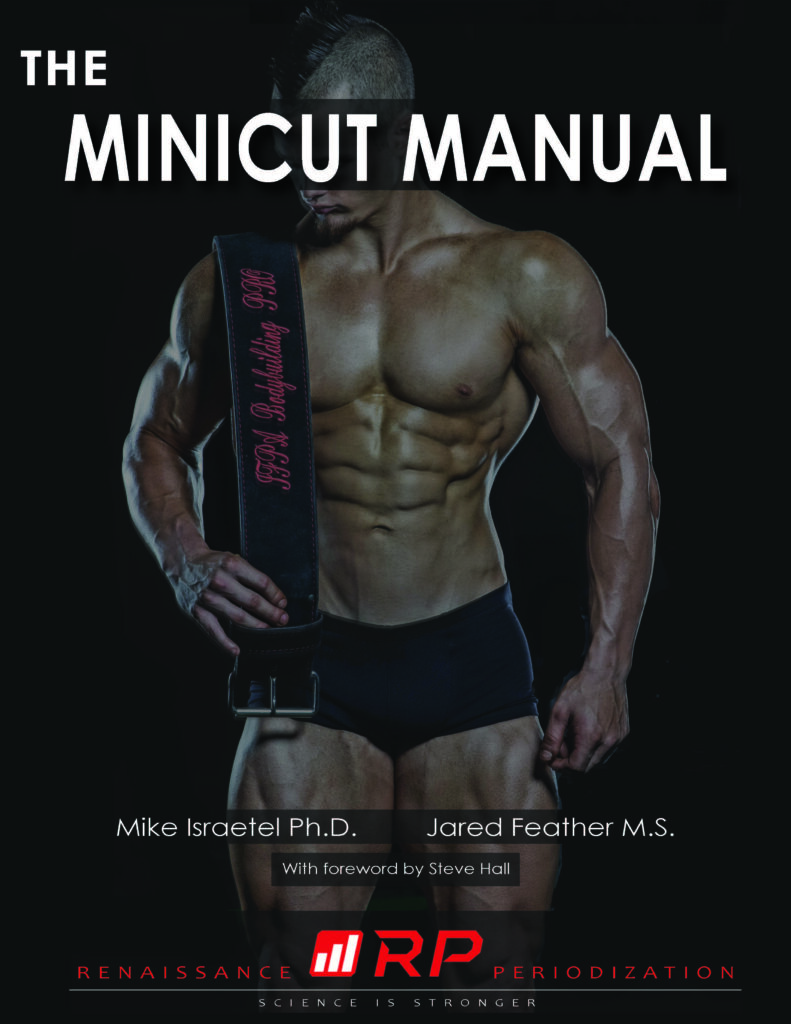
What Next?
Join our free facebook group or add us on instagram (revivestronger) and ask your question there, I will respond asap. Or if you’re after more and want to take your training and nutrition to the next level, go and sign up for our coaching service.
One more thing…
Do you have a friend who would love the above?
Share this article with them and let me know what they think.
We are a personal coaching service that helps you achieve your goals. We want you to become the best version of yourself.





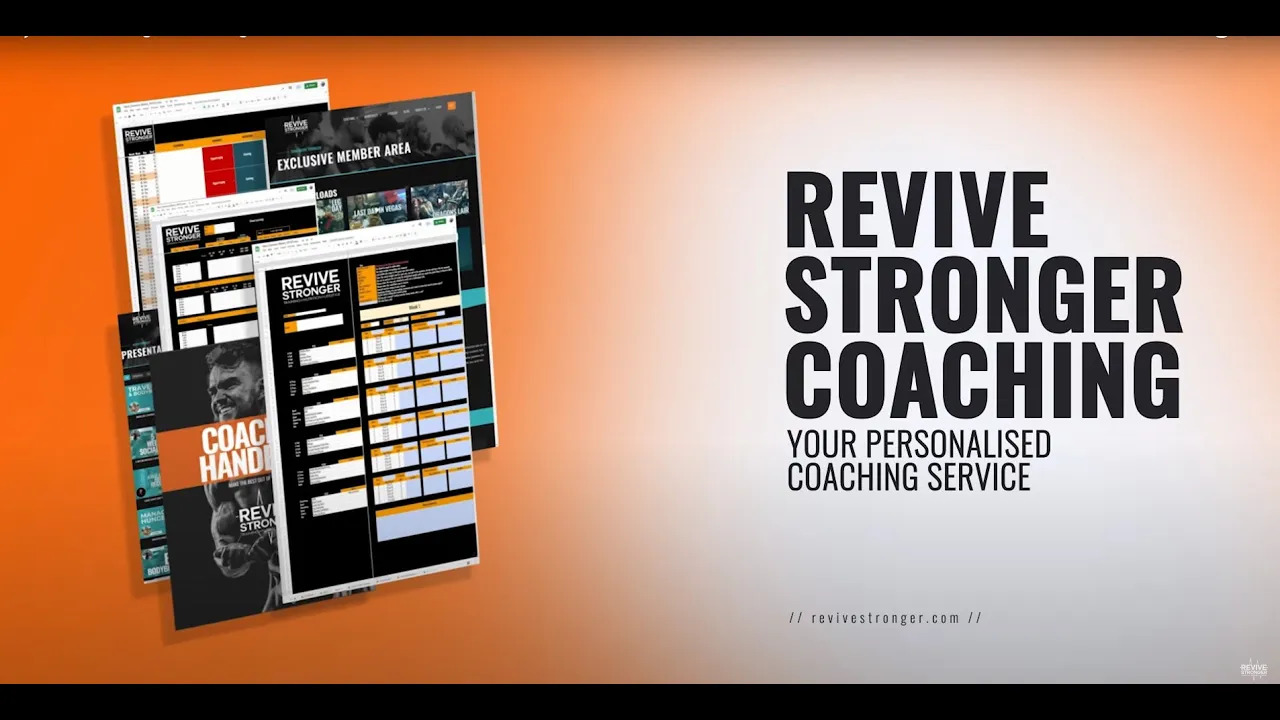
1 thought on “The Mini Cut Manual”
Pingback: Google
Comments are closed.